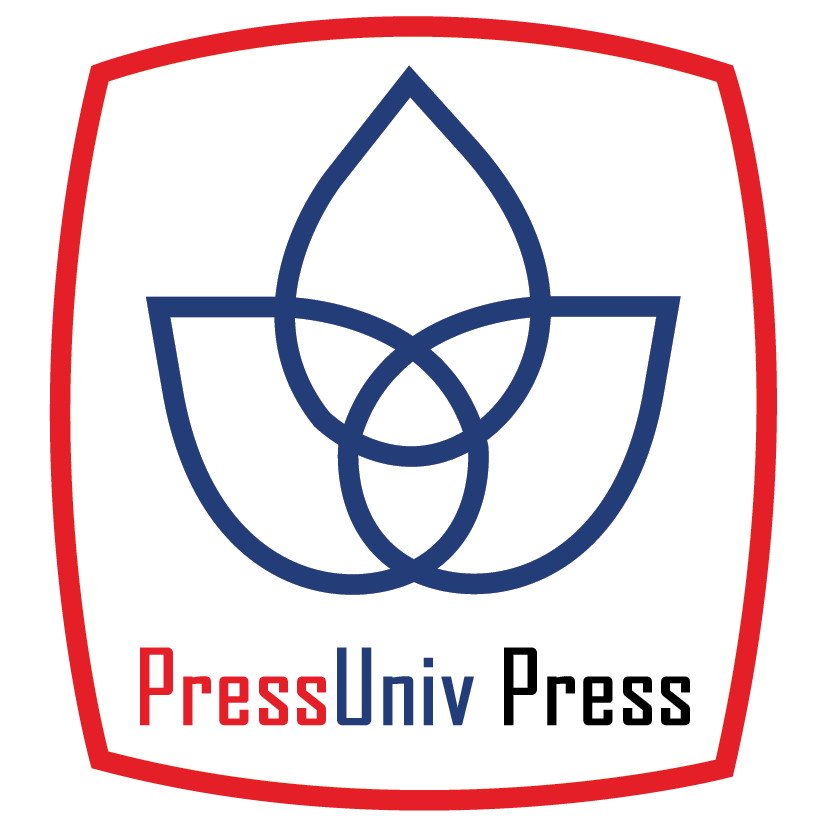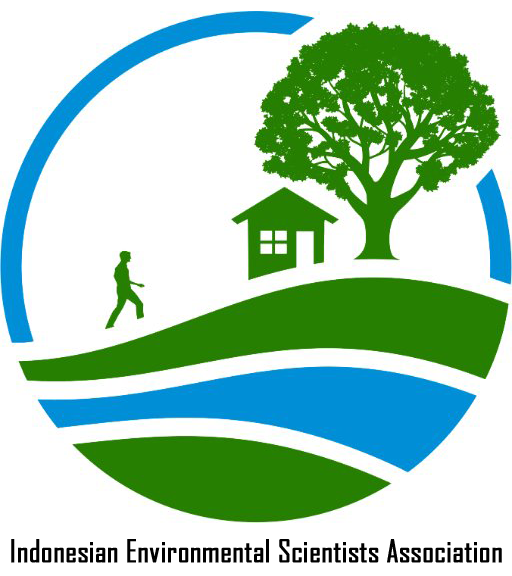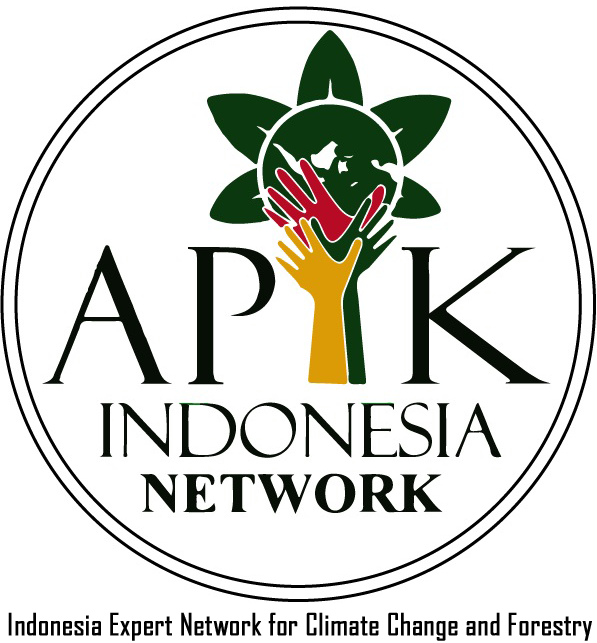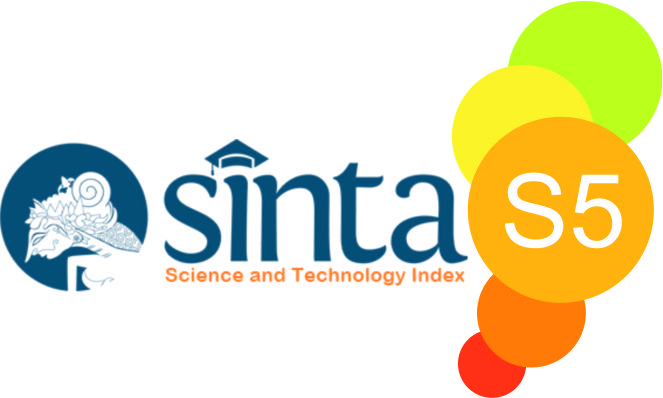Optimization of Coagulation and Flocculation in Concrete Wastewater of Precast Industry
Abstract
Abstract. The population increase until the end of 2019 reached 267 million. This is in line with developments that support activities. This is inseparable from the actions of one of the precast concrete companies PT.WB Precast Plant Karawang in supporting development that produces waste in the form of wastewater. The parameter measured as a reference in carrying out processing is the Minister of Health Regulation Number 32 of 2017. This study's method refers to turbidity as a physical parameter, namely 25NTU and hardness total as a chemical parameter, which is 500 mg / l. CaCO3. Objectives: The purpose of this study was to determine the optimization of the use of PAC as a coagulant and flocculant to reduce the turbidity and total hardness and determine the optimum detention time of flocculation. Method and results: The sampling method in this study is observation. The population in this study is concrete wastewater with parameter values that are not in accordance with the standard. Conclusion: By using PAC 10% the optimum doses is 140 ppm, and the optimum detention time of flocculation is 5 minute that can reduce the turbidity from 275 NTU to be 11.615 NTU or 95.7% and can reduce total hardness from 948.75 mg/l CaCO3 to be 491.25 mg/l CaCO3 or 48.2%.
Full Text:
PDFReferences
BPS, “BPS 2019,” Badan Pus. Stat. Indones., 2019.
F. Firmawan, “Karakteristik dan Komposisi Limbah (Construction Waste) pada Pembangunan Proyek Konstruksi,” Unissula, vol. 18, p. 11, 2017.
M. Nasir, E. P. Saputro, and S. Handayani, “Manajemen pengelolaan limbah industri,” J. Manag. dan Bisnis, vol. 19, no. 2, pp. 143–149, 2015.
I. A. R. Widhiawati, N. Y. Astana, and N. L. A. Indrayani, “Kajian Pengelolaan Limbah Konstruksi pada Proyek Pembangunan Gedung di Bali,” pp. 55–61, 2018.
“PT Waskita Beton Precast.” 2018.
T. Wikaningrum, “Kajian Keberlajutan Pengelolaan Lingkungan Kawasan Industri Studi Kasus di Kawasan Industri Jababeka Bekasi,” J. Env. Eng. Waste Manag., vol. 1, no. 2, pp. 75–83, 2016.
T. Wikaningrum, “PENGELOLAAN LINGKUNGAN KAWASAN INDUSTRI ( Studi Kasus Kawasan Industri Jababeka dan EJIP di Kabupaten Bekasi ) Pengelolaan lingkungan kawasan industri masyarakat Indonesia sejalan dengan pertumbuhan industri yang tinggi dan serta Sistem Manajemen Lingkung,” vol. 3, no. 1, pp. 36–47, 2018.
Menteri Kesehatan Republik Indonesia, “Peraturan Menteri Kesehatan Republik Indonesia Nomor 32 Tahun 2017 Tentang Standar Baku Mutu Kesehatan Lingkungan Dan Persyaratan Kesehatan Air Untuk Keperluan Higiene Sanitasi, Kolam Renang, Solus Per Aqua dan Pemandian Umum,” Peratur. Menteri Kesehat. Republik Indones., pp. 17–20, 2017.
M. Mawardi, “Fakultas Sains Dan Teknologi Universitas Islam Negeri ( Uin ),” Sint. PAC (Poly Alumunium Chlorida) Dari Limbah Alumunium Foil Untuk Menurunkan Kekeruhan Air Sungai Je’Neberang, pp. 1–81, 2018.
S. A. Lestari, “Efektivitas Penggunaan Bahan Koagulan Dalam Proses Perencanaan Bangunan Pengolahan Air Minum,” 2019, doi: 10.31227/osf.io/v5cde.
C. A. Hutagol, “Mendeteksi Kekeruhan Air Menggunakan Turbidity Sensor Berbasis Arduino Atmega328 Berdasarkan Prinsip Hamburan Cahaya,” pp. 5–20, 2017.
H. Y. Cheng, J. X. Long, Z. Liu, and A. L. Yang, “Experimental study on combination of microbial flocculants with PAC in in-situ remediation of black odorous water and sediment,” IOP Conf. Ser. Earth Environ. Sci., vol. 356, no. 1, 2019, doi: 10.1088/1755-1315/356/1/012016.
Y. Chen et al., Chemical Engineering Journal, vol. 334. 2018.
H. H. Anton Budiman, Candra Wahyudi, Wenny Irawati, “Kinerja Koagulan Poly Aluminium Chloride ( Pac )Dalam Penjernihan Air Sungai Kalimas Surabaya Menjadi Air Bersih,” Widya Tek., vol. 7, no. 1, pp. 25–34, 2018.
S. S. Ginting et al., “Pengaruh Kombinasi Proses Pretreatment ( Koagulasi-Flokulasi ) Dan Membran Reverse Osmosis Untuk Pengolahan Air Payau,” pp. 1–7, 2016.
L. Utamakno et al., “Rancangan pemodelan settling pond pada daerah imkasu di pt. gag nikel, pulau gag, kabupaten raja ampat, papua barat,” no. 32, pp. 95–104, 2020.
DOI: http://dx.doi.org/10.33021/jenv.v6i1.1422
Copyright (c) 2021 Ni Iluh Permata Ariase

This work is licensed under a Creative Commons Attribution-ShareAlike 4.0 International License.
Journal of Environmental Engineering and Waste Management Published by PresUniv Press, in collaboration with IESA and APIK Indonesia Network




